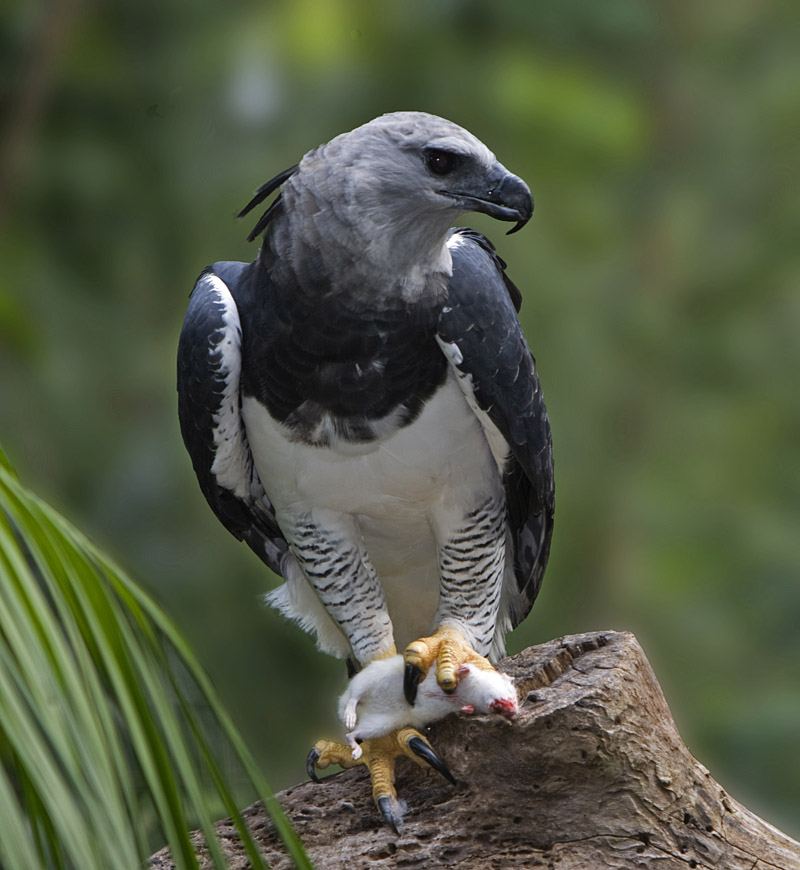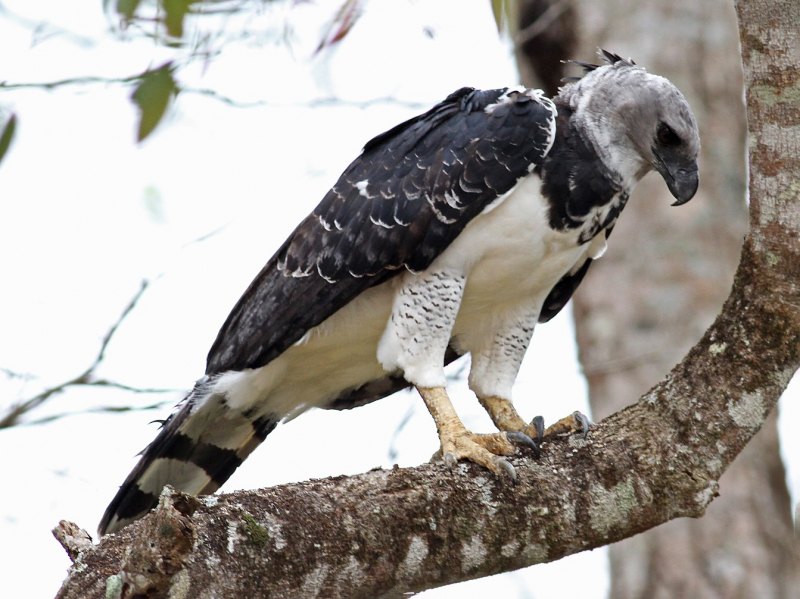The Harpy eagle
One of the predators of sloths that eat sloths that we would like to introduce to you first is the Harpy eagle. The Harpy eagle (Harpia harpyja) is a neotropical eagle species. The American harpy eagle is also used to distinguish it from the Papuan eagle, sometimes known as the New Guinea harpy eagle or Papuan harpy eagle. It is the largest and most powerful raptor found throughout its range, and one of the world's largest existing species of eagle. It usually lives in the higher (emergent) canopy layer of tropical lowland rainforests. Because of habitat destruction, it has vanished from much of its historic range, and it is nearly extinct in much of Central America. The harpy eagle is also known as a royal hawk in Brazil. Harpia, Harpyopsis, and Morpheus are members of the subfamily Harpiinae.
The Harpy eagle is widespread from Mexico to Central America and into South America, reaching as far south as Argentina. They dwell in the emergent layer of rainforests. They are most common at a height of 900 m (3,000 ft) but have been observed at elevations as high as 2,000 m. (6,600 ft). They search for prey in the jungle, either in the canopy or on the ground, and perch on emergent trees. They do not typically present in disturbed environments, but they do visit semiopen forest/pasture mosaics on a regular basis, primarily during hunting forays. Harpy eagles are at the top of the food chain. A jaguar and an ocelot, on the other hand, grabbed two young eagles being released into the wild as part of a reintroduction program. Its primary prey is tree-dwelling animals, with sloths and monkeys accounting for the majority of its diet.











